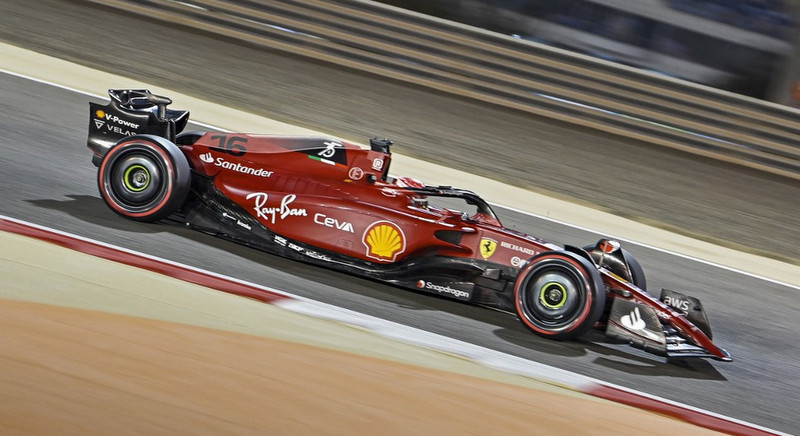There’s no team that needed the midseason break more badly than Ferrari.
To describe the Italian team’s season as a roller-coaster would be to understate the violence with which its championship fortunes have changed.
In March and April it rocketed into the position of championship favourite, notching up some dominant victories to establish sizable points leads in both title tallies while Red Bull Racing wallowed with unreliability.
But in May and June the equation changed dramatically.
Engine unreliability cost the team victory in Spain and a possible win in Azerbaijan and attracted penalties in Canada and France.
Strategic miscalculation cost it victory in Monaco and a better finish in Montreal.
Things only got worse in July. The team won twice, but in Britain it did so only after another characteristic tactical error robbed Charles Leclerc of his lead and handed Carlos Sainz the win, and in Austria Leclerc’s triumph was marred by a calamitous engine fire for Sainz.
Leclerc then binned his car while leading in France, and another catastrophic strategy in Hungary had both cars finish off the podium.
Ferrari entered the break 97 points down with just nine rounds remaining and in serious need of a reset.
But if Ferrari was aching for a reprieve, consider how badly Leclerc must have been holding out for time away from the track.
The Monegasque was 46 points up on Max Verstappen after the Australian Grand Prix in April but has suffered a 126-point turnaround to sit a demoralising 80 points adrift, more than three clear race wins.
The vast bulk of those lost points have been outside his control.
He’s lost something like 43 points through strategic mistakes from his team - leads in Monaco, Britain and Hungary turned into a pair of fourths and a sixth - while engine unreliability has cost him a massive 58 points through a pair of retirements and the associated penalty.
That’s 101 points lost, easily accounting for his 80-point deficit and almost covering the additional 36 points Verstappen has lost to his own engine problems.
The glass-half-empty summary is that Ferrari and Leclerc - who has committed errors of his own too, albeit less costly - are throwing away a championship that, if not there for the taking, is at least up for grabs.
But the glass-half-full approach is that the SF-75 in Leclerc’s hands is the most competitive car on the grid and that the title isn’t yet completely out of reach.
The results bear it out: Leclerc’s seven poles from 13 races is easily the most of any driver, and Ferrari has double Red Bull Racing’s poles for the year. Races aren’t won on Saturday, but the speed is clearly there.
It’s just a matter of wielding it.
It’s why Mattia Binotto is adamant that Ferrari doesn’t need wholesale changes to close the gap. The tools are already at his team’s disposal.
“It’s always a matter of continuous learning and building - building experience, building skills,” he said.
“Certainly there [are problems] that you need to look at and understand why. But if I look again at the balance of the first half of the season, there is no reason why we should change.”
And Leclerc, despite being just 24 years old and being pummelled seemingly non-stop by problems, is yet to put his head down. Indeed his year is as well characterised by his bounce-backs as it is by the issues that preceded them.
“As a leader as he is [key] to continue building - building for the team and building for himself - step by step, and I think to look at each single race as an opportunity to win,” Binotto said. “We are winning and losing altogether.
“I think there is still much potential and a lot of potential.”
Either title is still a long shot, but the team has all the constituent parts for success.
But it must start the ball rolling at this weekend’s Belgium Grand Prix - and keep it rolling at speed at the following Dutch and Italian grands prix - to maintain even its outsider hope or wresting back control of the title tables.
It’s no exaggeration to say Ferrari’s season is on the line in the next three weeks.









